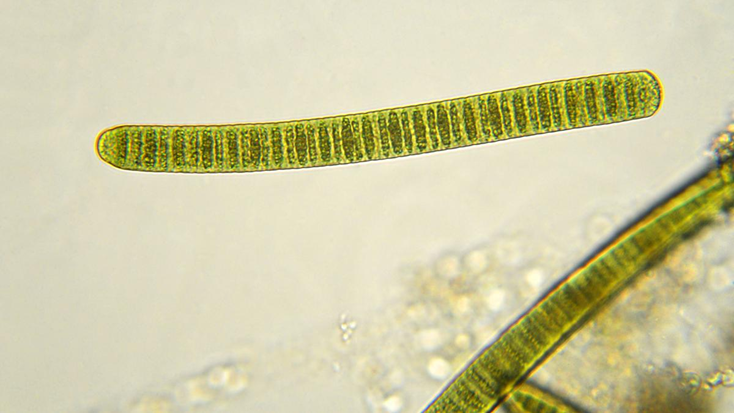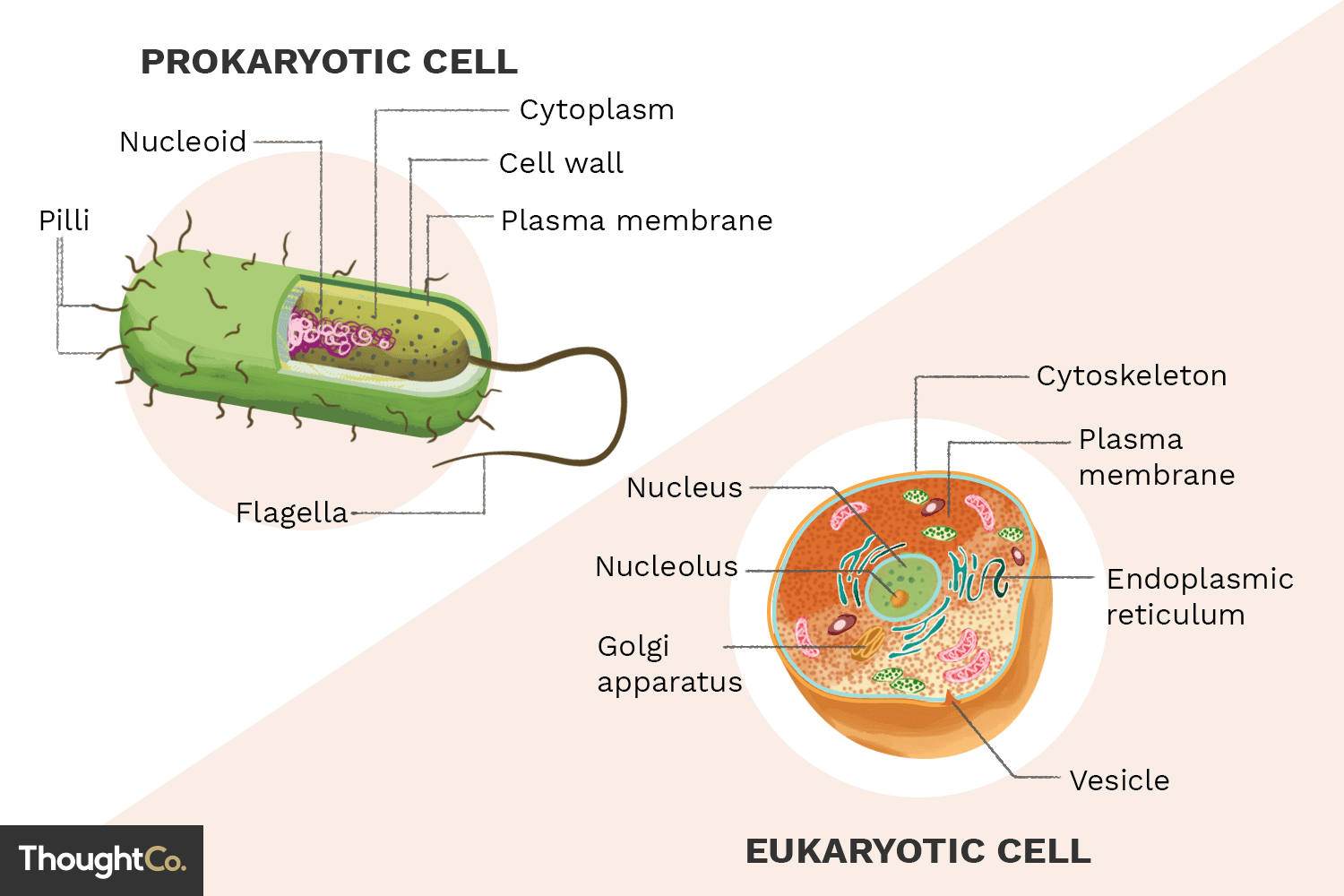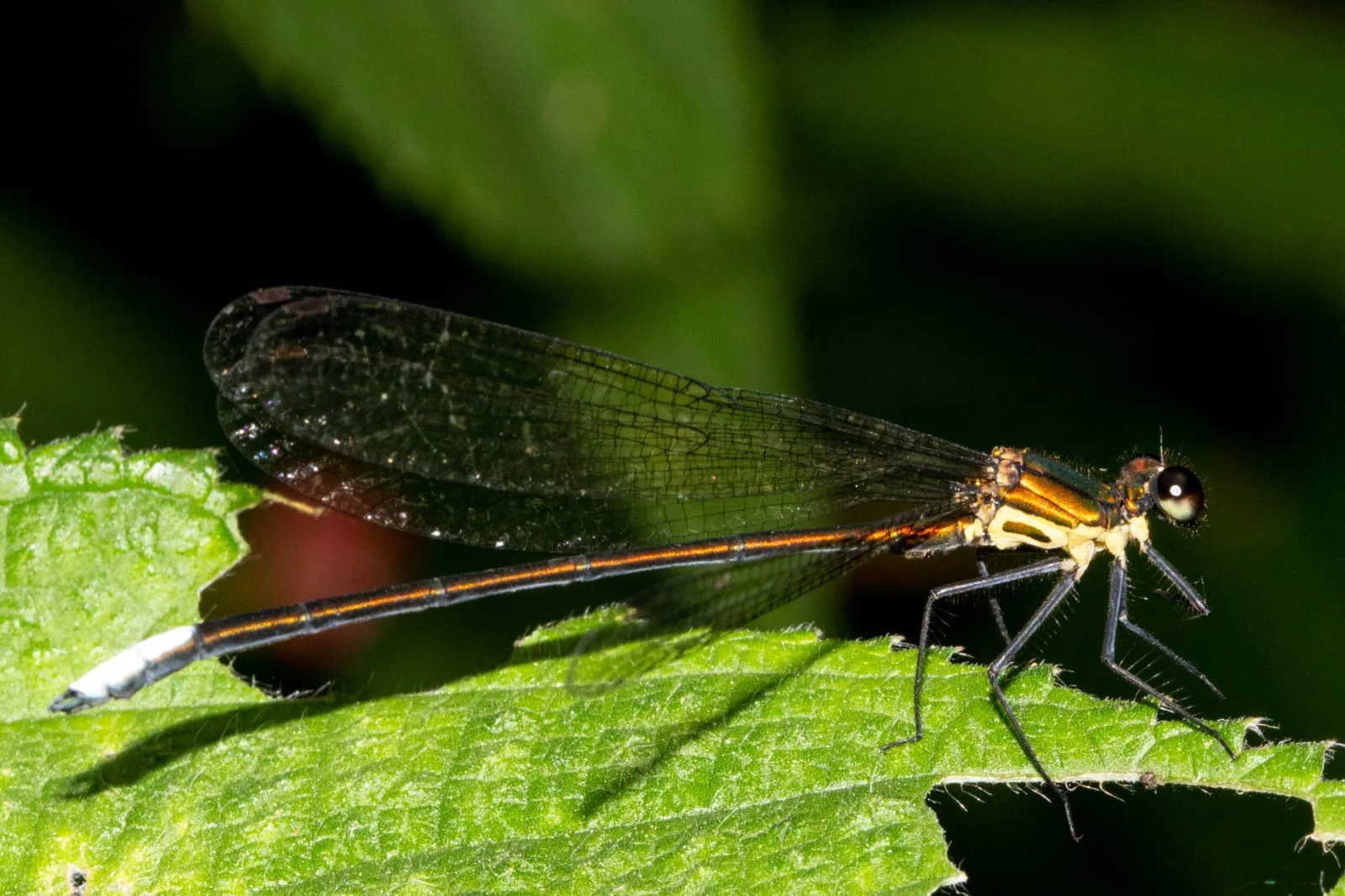- Courses
- GS Full Course 1 Year
- GS Full Course 2 Year
- GS Full Course 3 Year
- GS Full Course Till Selection
- Online Program
- GS Recorded Course
- NCERT (Recorded 500+ Hours)
- Polity Recorded Course
- Geography Recorded Course
- Economy Recorded Course
- AMAC Recorded Course
- Modern India, Post Independence & World History
- Environment Recoded Course
- Governance Recoded Course
- Science & Tech. Recoded Course
- International Relations and Internal Security Recorded Course
- Disaster Management Module Course
- Ethics Recoded Course
- Essay Recoded Course
- Current Affairs Recoded Course
- CSAT
- 5 LAYERED ARJUNA Mentorship
- Public Administration Optional
- ABOUT US
- OUR TOPPERS
- TEST SERIES
- FREE STUDY MATERIAL
- VIDEOS
- CONTACT US
Endosymbiotic Theory
Endosymbiotic Theory
09-05-2024

Two papers published recently, one in the journal Science and another in the Cell, have generated new interest in the endosymbiotic theory, which proposes that certain organelles in present-day eukaryotic cells originated as prokaryotic microorganisms.
The Endosymbiotic Theory:
-
Eukaryotic Organelles as Former Prokaryotes:
- The endosymbiotic theory suggests that some organelles in today's eukaryotic cells were once independent prokaryotic microbes.
-
The First Eukaryotic Cell:
- The earliest eukaryotic cell is believed to have been an amoeba-like organism that acquired nutrients through phagocytosis and contained a nucleus formed by the invagination of a portion of the cytoplasmic membrane around the chromosomes.
-
Symbiotic Relationships with Prokaryotes:
- Certain amoeba-like organisms engulfed prokaryotic cells, which survived within the host and established symbiotic relationships.
-
Mitochondria and Chloroplasts:
- Mitochondria evolved from ingested aerobic bacteria, while chloroplasts evolved from ingested photosynthetic bacteria.
- These organelles gradually lost their cell walls and most of their DNA, as it was no longer beneficial within the host cell.
-
Interdependence and Permanent Relationships:
- The endosymbiotic theory explains how a larger host cell and ingested bacteria can become dependent on each other for survival, forming a lasting relationship.
-
Evolutionary Specialization:
- Over millions of years, mitochondria and chloroplasts have become highly specialized and can no longer exist outside the host cell.
Prokaryotes vs. Eukaryotes:

-
Classification of Living Things:
- All living organisms can be categorised into 3 primary domains: Bacteria, Archaea, and Eukarya.
-
Prokaryotic Cells:
- Bacteria and Archaea are domains composed of primarily single-celled organisms known as prokaryotes.
- Prokaryotic cells are the smallest, simplest, and most ancient type of cell.
-
Eukaryotes and Eukaryotic Cells:
- Organisms in the Eukarya domain possess more complex eukaryotic cells.
- Eukaryotes include animals, plants, fungi, and protists, and they can be unicellular or multicellular.
-
Nucleus and Genetic Material:
- The primary distinction between eukaryotic and prokaryotic cells is the presence of a distinct nucleus in eukaryotic cells that contains the cell's genetic material, while prokaryotic cells lack a nucleus and have free-floating genetic material.
-
Evolution of Eukaryotes:
- Eukaryotes developed approximately 2.7 billion years ago, following a period of 1 to 1.5 billion years of prokaryotic evolution.
-
Additional Organelles in Eukaryotic Cells:
- Eukaryotic cells have several membrane-bound organelles not found in prokaryotic cells, including mitochondria, the endoplasmic reticulum, the Golgi complex, and chloroplasts in plant cells.
-
Shared Features of Prokaryotic and Eukaryotic Cells:
- Despite their differences, prokaryotic and eukaryotic cells share certain common features, such as DNA, the cell membrane, cytoplasm, and ribosomes.
|
Feature |
Prokaryotes |
Eukaryotes |
|
Size |
|
|
|
Complexity |
|
|
|
Nucleus |
|
|
|
Organelles |
|
|
|
DNA Structure |
|
|
|
Cell Division |
|
|
|
Examples |
|
|
Similarities Between Prokaryotes and Eukaryotes
- Both have DNA: The fundamental genetic material is the same.
- Cell membrane: Both are enclosed by a plasma membrane that controls the flow of substances in and out of the cell.
- Cytoplasm: Both have a gel-like cytoplasm where cellular processes occur.
- Ribosomes: Both contain ribosomes, the sites of protein synthesis.
Phagocytosis Explained:
- Phagocytosis, or "cell eating", is the process by which a cell ingests and digests a particle.
- The term phagocytosis is derived from the Greek words phago-, meaning "devouring," and -cyte, meaning "cell."
- Phagocytic cells in the immune system eat foreign invaders such as bacteria and remove cell debris.
- Some single-celled organisms, like amoebas, use phagocytosis to consume nutrients.
Must Check: Best IAS Coaching In Delhi



